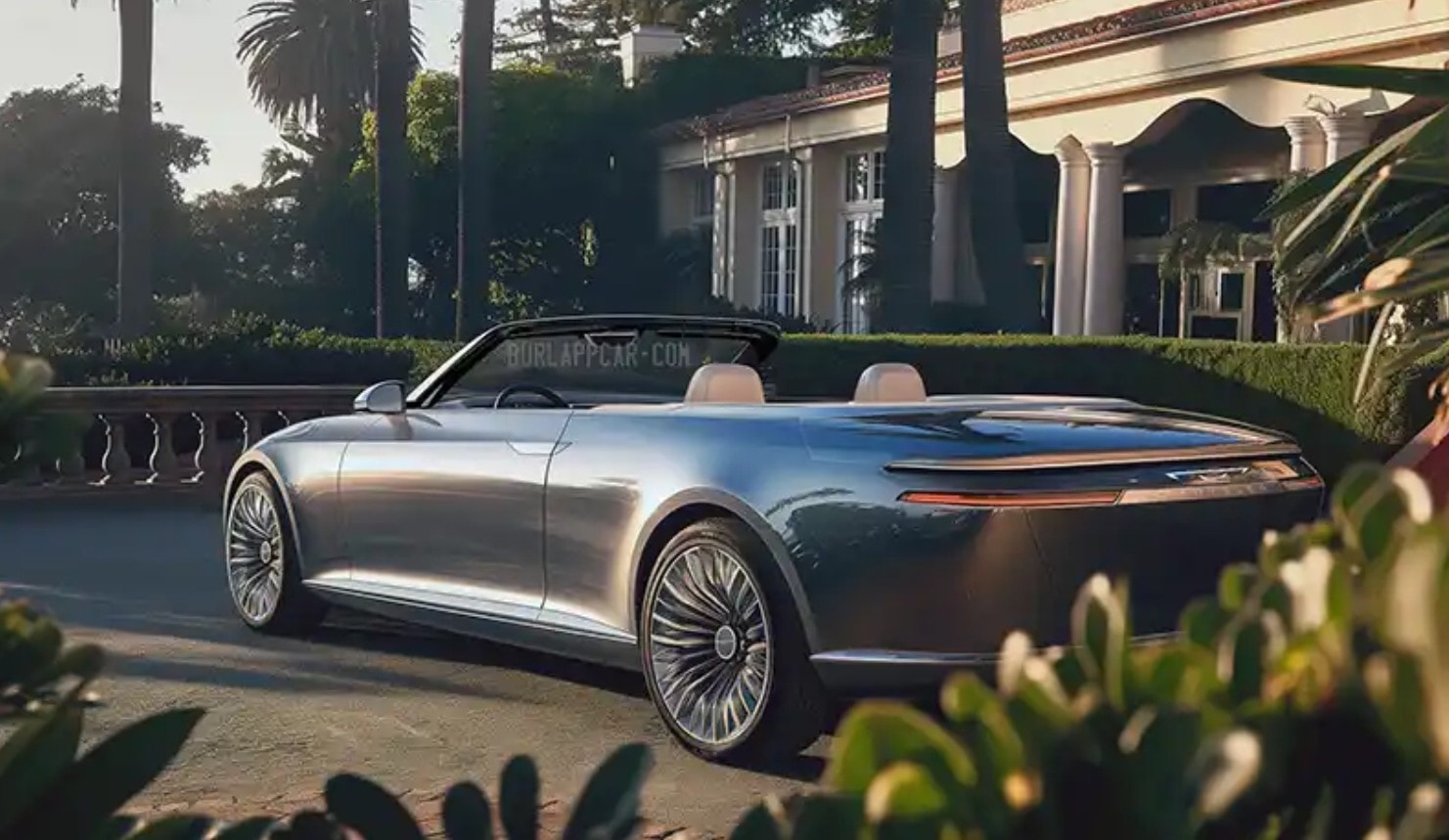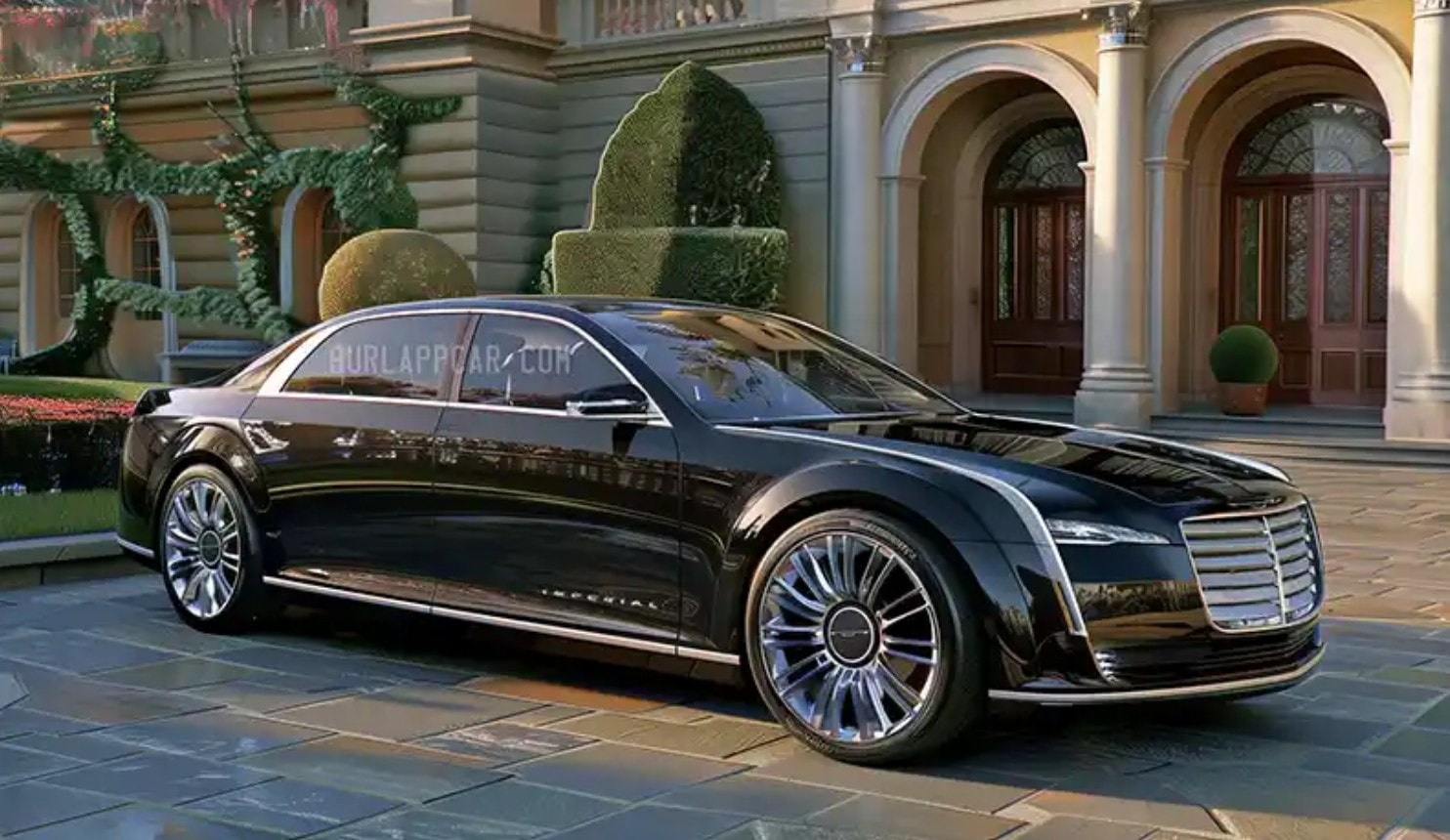Stellantis is in a state of crisis. Its core American brands, once pillars of the automotive industry, are now experiencing a precipitous decline in sales. The internal atmosphere is toxic, characterized by finger-pointing and a palpable sense of discord among executives.
CEO Carlos Tavares has publicly expressed his dissatisfaction with the company’s performance, implying that some managers are not pulling their weight. The pressure is mounting, with Tavares threatening to restructure the company by potentially divesting or partnering with underperforming brands.
Chrysler, in particular, is in a precarious position. Once a dominant force in the American automotive market, it now struggles to compete with limited offerings, primarily relying on the minivan segment.

Despite a recent concept car that hinted at a possible return to the sedan market, Chrysler’s future remains shrouded in uncertainty as the company grapples with declining sales and a lack of product diversity.
In the field of car design, imagination reigns supreme. Unbound by the constraints of production lines and dusty archives, digital artists like Vince Burlapp (vburlapp on social media) act as visionary architects, sketching vehicles that could propel brands like Chrysler back into the spotlight.
Burlapp isn’t afraid to dream big, proposing a triumphant return for the Chrysler Imperial as a luxurious flagship sedan and coupe duo. These modern interpretations would leverage the cutting-edge STLA platform, reviving past glories in a technologically advanced package. But Burlapp’s vision extends beyond pure nostalgia.
He playfully explores the possibility of quirky throwbacks, like a reborn Chrysler TC by Maserati, all while acknowledging the current market reality: SUVs and trucks are king. This hasn’t stopped him from reimagining past concepts for the modern age.

Take the Chrysler Citadel, a hybrid concept car that debuted in 2000 and eventually led to the Pacifica Hybrid. Burlapp envisions a revival of this nameplate, not as a hybrid this time, but as a large crossover SUV that could compete with anything in America, from Mazda’s CX-90 to Cadillac’s Lyriq.
To complement this hypothetical Citadel, Burlapp proposes a compact crossover SUV leveraging the STLA Small platform. This smaller offering could benefit from shared development with existing European models like the reborn Opel Frontera, Citroen C3, or Fiat Grande Panda, keeping costs down.
With both hybrid and electric versions on the table, potentially twinned with the upcoming Jeep Renegade EV, this compact SUV could find success in the $35k price range, going head-to-head with the upcoming Volvo EX30 and Kia EV3.

